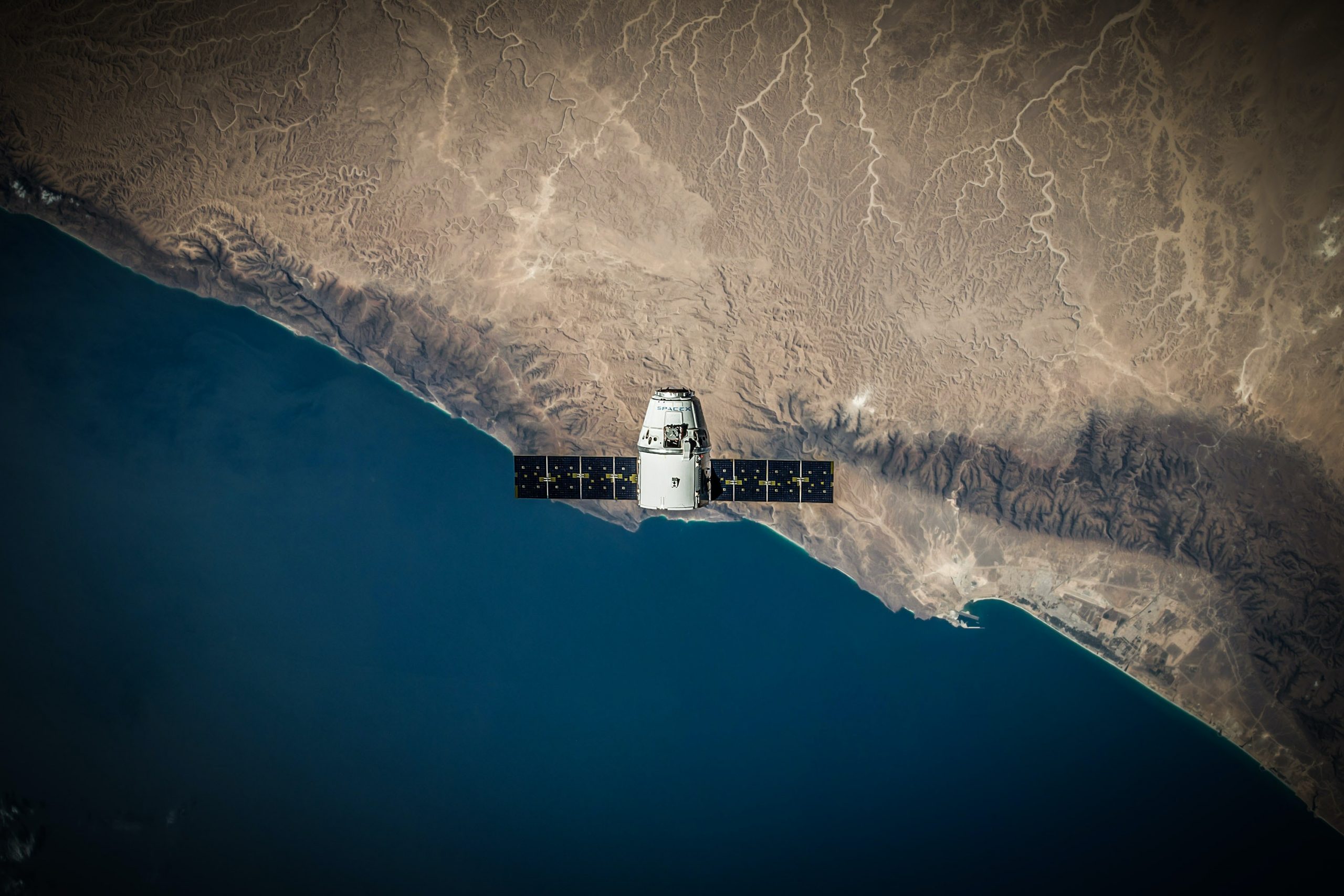
Understanding satellite internet: benefits and limitations?
14 Jul, 20233 minsSatellite internet may well be the future.Speeds of up to 300Mbps, almost five times fa...

Satellite internet may well be the future.
Speeds of up to 300Mbps, almost five times faster than the UK average of 64Mbps, are being boasted by trailblazers in the sector, for example Elon Musk, whose Starlink network (pioneered by his company SpaceX) now comprises over 3,500 small orbiting satellites – and another 1,000 set for launch by 2024. This ‘constellation’ – as it is romantically called – has a number of potential benefits, such as giving more people the ability to get online faster.
The internet has already transformed our lives and ‘High-speed internet from space’ – as coined by Starlink – sounds pretty cool, right? But, hold your horses. Before you rush out and make one of the world’s wealthiest people even wealthier, it’s worth considering the pros and cons of the service.
Benefits
Reach and reliability
It may be hard to believe but more than a third of the earth’s population still doesn’t have access to the internet. Poverty and poor electricity access are two of the limiting factors, but so is location. One of the major draws of satellites is giving internet access to people in rural or remote locations, where cables – and therefore fibre – aren’t an option. Starlink has also brokered deals with the likes of cruise liners and international flights.
Via a network of 1,000s of small satellites, users can benefit from constant connectivity. As more and more satellites are launched, the scope for coverage will grow and grow, with access possible anywhere in the world.
Rapid deployment
Far from having to navigate challenging terrain, seek the relevant permissions to lay cables and pay attention to not damage the fragile optical fibres that facilitate high-speed terrestrial broadband, satellite internet provides a solution that is instantly deployable. Starlink has already demonstrated the advantages of this by providing internet access to Ukraine for free after the Russian invasion damaged its infrastructure and caused power outages.
Security
The private nature of a constellation means that it can provide more security than a terrestrial network. The addition of encryption technologies can make it an ideal solution for businesses who want to protect their data from cyberattacks.
Limitations
Cost
The cost of expensive equipment and high monthly charges mean that satellite internet isn’t quite a commercially viable product yet, at least not for the average internet user. Starlink’s hardware installation costs of almost £500 and monthly fees of £75 make it significantly dearer than the average price of broadband in the UK, which is around £45 per month. But, as the service becomes more and more mainstream, these costs are likely to come down.
Latency
Satellites typically orbit the earth in a ‘geostationary orbit’, meaning they have a fixed position relative to the earth’s surface. Meteorological satellites are the prime example – with a network of satellites used for weather observation of specific parts of the planet by various international operators; the US, Europe, Russia, China, etc.
The limitation here lies in the distance – 36,000km – of these satellites above the equator and the time it takes for information to travel this distance; around 120 milliseconds (about 1/8 of a second). This ‘latency’ causes issues for time-sensitive, high data rate applications such as online gaming, streaming and video calls, where the ‘round trip’ is much greater as information has to be received and transmitted.
Starlink has overcome this issue with its small satellites in low earth orbit (LEO) – around 550km above the earth’s surface – which drastically reduces the latency to around 25ms.
Environmental impact
Astronomers have expressed their concerns about how constellations of 1,000s of additional satellites in the atmosphere will add to our already congested night skies and increase space debris, as well as the risk of collisions. Starlink has attempted to mitigate these issues with technologies that force its satellites to de-orbit when they become defunct.
As things stand, satellite broadband is probably a way off being the best option for the average internet user. But with SpaceX reaching more than a million subscribers at the end of 2022, it would appear Mr Musk is onto something. So, watch this ‘space’.
For jobs in satellite technologies, check out our recent job opportunities or Get in touch with our team today.



